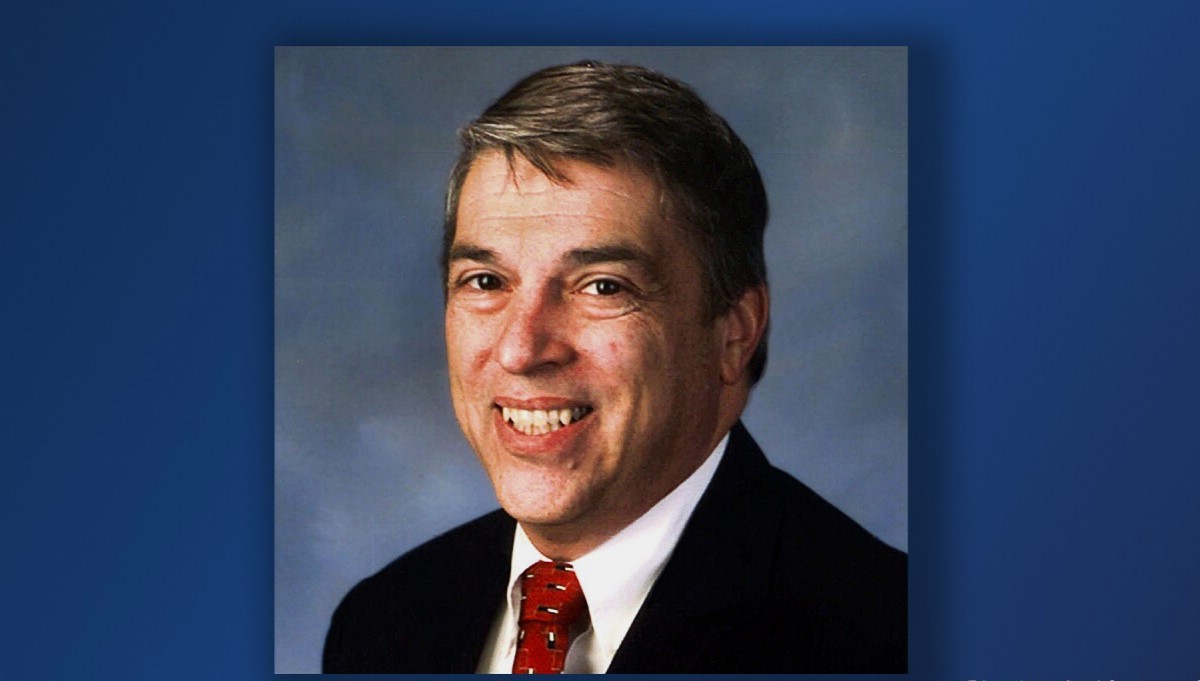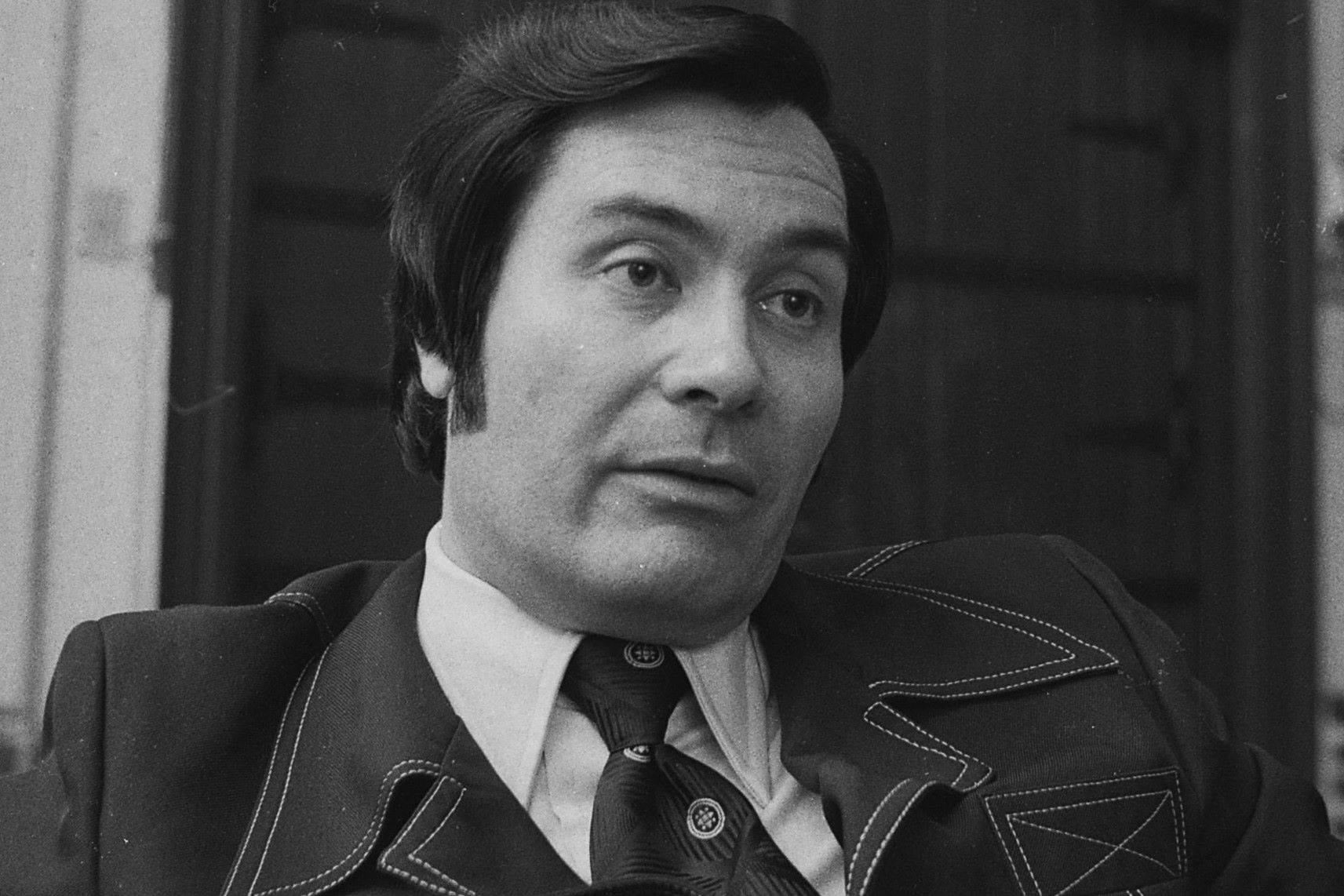
Who was Robert Hanssen? Robert Hanssen was an FBI agent who became one of the most notorious spies in American history. Over two decades, he sold secrets to the Soviet Union and later Russia, causing significant damage to U.S. intelligence. His actions led to the compromise of numerous operations and the deaths of several informants. Hanssen's double life was a shocking betrayal, revealing vulnerabilities within the FBI. Captured in 2001, he was sentenced to life in prison without parole. This post dives into 36 intriguing facts about Robert Hanssen, shedding light on his covert activities, motivations, and the impact of his espionage.
Key Takeaways:
- Robert Hanssen, a former FBI agent, led a double life as a notorious spy for the Soviet Union, causing extensive damage to U.S. national security and leaving a legacy of betrayal and mistrust.
- Despite his devout religious and family life, Hanssen's espionage activities had a profound impact, leading to improved security measures and protocols within the FBI and other intelligence agencies.
Who is Robert Hanssen?
Robert Hanssen is a name that resonates with espionage and betrayal. He was an FBI agent who turned into one of the most notorious spies in American history. Let's dive into some fascinating facts about his life and actions.
-
Early Life: Born on April 18, 1944, in Chicago, Illinois, Hanssen grew up in a strict, religious household. His father was a police officer who often criticized him harshly.
-
Education: Hanssen attended Knox College in Illinois, where he majored in chemistry. He later earned an MBA in accounting and information systems from Northwestern University.
-
Career Beginnings: Initially, Hanssen worked as an internal affairs investigator for the Chicago Police Department before joining the FBI in 1976.
-
First Espionage Act: In 1979, Hanssen began spying for the Soviet Union. He approached the GRU, the Soviet military intelligence agency, offering his services.
-
Code Name: The Soviets gave Hanssen the code name "Ramon." He used various aliases throughout his espionage career to avoid detection.
-
Motivation: Hanssen claimed his primary motivation was financial. He received over $1.4 million in cash and diamonds from the Soviets and later the Russians.
-
Double Life: Despite his treacherous activities, Hanssen maintained a facade of a devout Catholic and a dedicated family man.
-
High-Ranking Positions: Hanssen held several high-ranking positions within the FBI, including assignments in counterintelligence and national security.
-
Betrayal of Colleagues: He compromised the identities of numerous Soviet agents working for the U.S., leading to their capture and execution.
-
Advanced Techniques: Hanssen used advanced techniques to avoid detection, including encrypted communications and dead drops.
The Capture and Aftermath
Hanssen's capture was a significant event in the history of espionage. Here are some intriguing details about how he was finally caught and what happened afterward.
-
Suspicion: By the late 1990s, the FBI began to suspect that there was a mole within their ranks due to the high number of compromised operations.
-
Investigation: The FBI launched an internal investigation, codenamed "Gray Suit," to identify the mole. They narrowed it down to a few suspects, including Hanssen.
-
Surveillance: Hanssen was placed under surveillance. The FBI monitored his activities closely, gathering evidence of his espionage.
-
Arrest: On February 18, 2001, Hanssen was arrested in a park in Virginia while making a dead drop of classified information.
-
Charges: He was charged with 21 counts of espionage and conspiracy, facing the death penalty for his actions.
-
Plea Deal: To avoid the death penalty, Hanssen agreed to a plea deal. He pled guilty to 15 counts of espionage and was sentenced to life in prison without the possibility of parole.
-
Imprisonment: Hanssen is currently serving his sentence at the ADX Florence supermax prison in Colorado, known for housing some of the most dangerous criminals.
-
Impact on the FBI: His betrayal led to significant changes within the FBI, including improved internal security measures and counterintelligence protocols.
-
Family Reaction: Hanssen's family was shocked by his actions. His wife, Bonnie, had no idea about his double life and was devastated by the revelation.
-
Books and Movies: Hanssen's story has been the subject of several books and movies, including the 2007 film "Breach," which dramatizes his capture.
The Extent of the Damage
Hanssen's espionage activities caused extensive damage to U.S. national security. Here are some facts that highlight the severity of his betrayal.
-
Compromised Operations: Hanssen compromised numerous U.S. intelligence operations, leading to the loss of valuable assets and intelligence.
-
Agent Executions: His actions directly led to the execution of at least three Soviet agents who were working for the U.S.
-
Classified Information: Hanssen provided the Soviets with thousands of pages of classified documents, including details about U.S. nuclear strategies and defense plans.
-
Technological Secrets: He also leaked information about advanced U.S. surveillance and eavesdropping technologies.
-
Counterintelligence Failures: Hanssen's betrayal exposed significant weaknesses in U.S. counterintelligence efforts, prompting a thorough review and overhaul.
-
Financial Cost: The financial cost of his espionage is estimated to be in the billions, considering the compromised operations and the resources spent on countering the damage.
-
Psychological Impact: His actions had a profound psychological impact on the FBI, leading to a culture of increased suspicion and vigilance.
-
International Relations: Hanssen's espionage strained U.S.-Russia relations, complicating diplomatic efforts during a sensitive period.
Personal Life and Legacy
Despite his notorious actions, Hanssen's personal life was complex and filled with contradictions. Here are some facts about his personal life and the legacy he left behind.
-
Religious Devotion: Hanssen was a devout Catholic who attended church regularly and was involved in religious activities.
-
Family Man: He was married to Bonnie Hanssen and had six children. His family life appeared normal and stable to outsiders.
-
Secretive Nature: Hanssen was extremely secretive, even with his family. He kept his espionage activities hidden from everyone close to him.
-
Psychological Profile: Experts have analyzed Hanssen's psychological profile, describing him as a narcissist with a need for power and control.
-
Legacy of Betrayal: Hanssen's actions left a lasting legacy of betrayal and mistrust within the FBI and the broader intelligence community.
-
Cultural Impact: His story has become a cautionary tale about the dangers of espionage and the importance of internal security.
-
Public Perception: Hanssen is widely regarded as one of the most damaging spies in U.S. history, and his name is synonymous with treachery.
-
Lessons Learned: The FBI and other intelligence agencies have learned valuable lessons from Hanssen's betrayal, leading to improved security measures and protocols to prevent future incidents.
Final Thoughts on Robert Hanssen
Robert Hanssen's story is a chilling reminder of how one person's actions can impact national security. His betrayal of the FBI and the United States spanned over two decades, making him one of the most damaging spies in American history. Hanssen's motivations were complex, driven by a mix of financial greed, personal dissatisfaction, and a desire for recognition. His ability to evade detection for so long highlights the challenges in counterintelligence work. Despite his eventual capture and life sentence, the damage he caused remains a stark lesson for intelligence agencies worldwide. Understanding Hanssen's actions helps us appreciate the importance of vigilance, loyalty, and the constant need for improved security measures. His story serves as a cautionary tale about the potential for insider threats and the devastating consequences they can bring.
Frequently Asked Questions
Was this page helpful?
Our commitment to delivering trustworthy and engaging content is at the heart of what we do. Each fact on our site is contributed by real users like you, bringing a wealth of diverse insights and information. To ensure the highest standards of accuracy and reliability, our dedicated editors meticulously review each submission. This process guarantees that the facts we share are not only fascinating but also credible. Trust in our commitment to quality and authenticity as you explore and learn with us.


